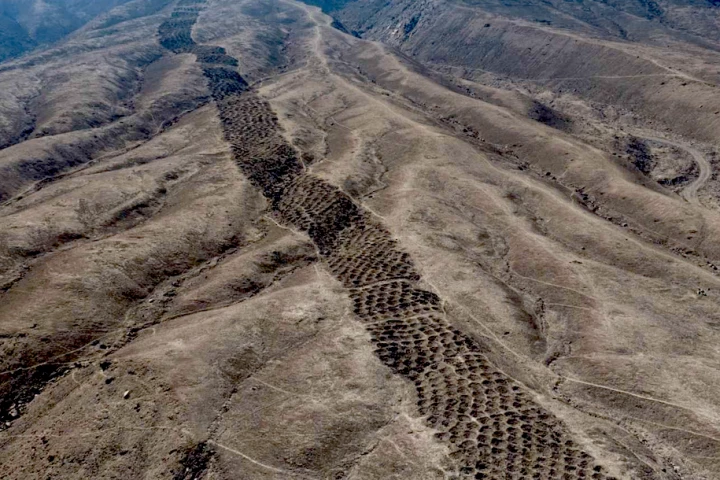For ages, Earth has been known as a blue planet, a vision largely shaped by the vast oceans that cover three-quarters of its surface. But what if this wasn't always the case, and our oceans used to be green? That's the surprising claim in a new study published in Nature Geology & Evolution.
According to the research this unusual coloration was underpinned by the unique water chemistry of the time and the evolution of photosynthesis. Even more intriguingly, scientists also suggest the possibility of future color shifts in our oceans.
To understand how our oceans could have once been colored green, researchers at Nagoya University point to the high dissolution of iron from continental rocks. Roughly between 3.8 and 1.8 billion years ago, during the Archean eon when life was confined to single cells in the oceans, rainfall eroded iron from continental rocks. Rivers subsequently carried this dissolved iron into the seas, where it was joined by additional ferrous iron ejected from volcanic vents on the ocean floor.
These iron-rich conditions triggered what we know as the Great Oxidation Event, a time where the world shifted from an anoxic (oxygen-scarce) to an oxygenic environment, around 2.4 billion years ago.

During this period, cyanobacteria began producing oxygen through oxygenic photosynthesis, a process that generates oxygen as a byproduct. However, unlike modern plants, early cyanobacteria did not rely on chlorophyll alone. Instead, they also possessed a second pigment called phycoerythrobilin (PEB), which excels at absorbing green light. As these cyanobacteria thrived, they released oxygen into the water and atmosphere, sparking the evolution of more complex life forms. But, researchers were keen to understand the reason cyanobacteria used PEB alongside chlorophyll.
The research group, led by Taro Matsuo, utilized advanced simulations and discovered green light dominated the spectrum during the Archean eon, primarily due to a process called iron precipitation.
Researchers ascertained the increased oxygen production eventually reacted with the iron, changing it from soluble ferrous to insoluble ferric iron. Since ferric iron is insoluble, it precipitates as rust-like particles. This heavy iron absorbed blue light, meanwhile, the red wavelength was absorbed by the water, leaving green light to dominate the underwater view.
“Genetic analysis revealed that cyanobacteria had a specialized phycobilin protein called phycoerythrin that efficiently absorbed green light,” Matsuo said. “We believe that this adaptation allowed them to thrive in the iron-rich, green oceans.”
Modern observations around the Japanese volcanic island of Iwo Jima naturally exhibit a green hue, linked with oxidized iron, which also lends support to the team's simulations.

Additionally, researchers’ theoretical models suggest that Earth’s oceans can take on entirely different hues under varied environmental conditions. For instance, should levels of sulfur increase, the oceans may appear purple due to intense volcanic activity and low oxygen in the atmosphere.
Similarly, oceans may shimmer red under intense tropical climates when red iron oxides form from the decay of the rock, and rivers pour it into the oceans.
The study was published in Nature Ecology & Evolution.
Source: Nagoya University




